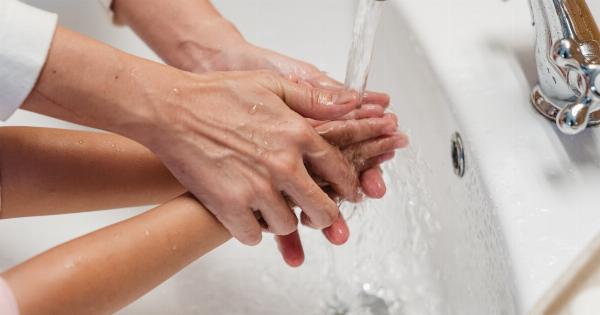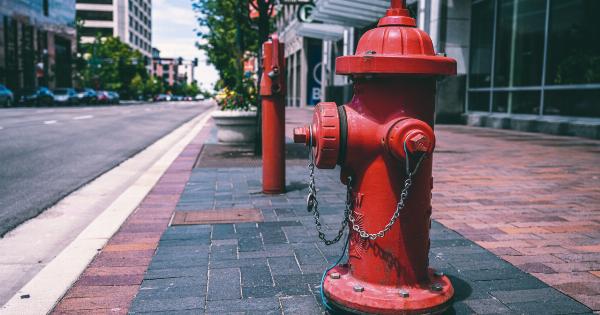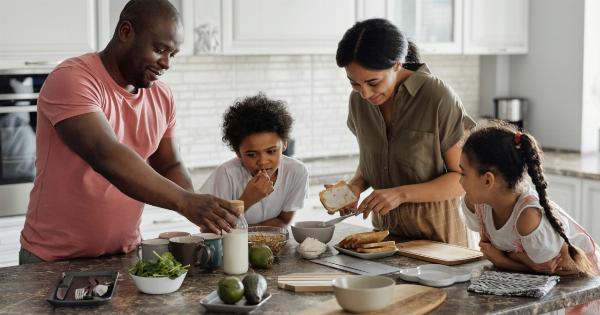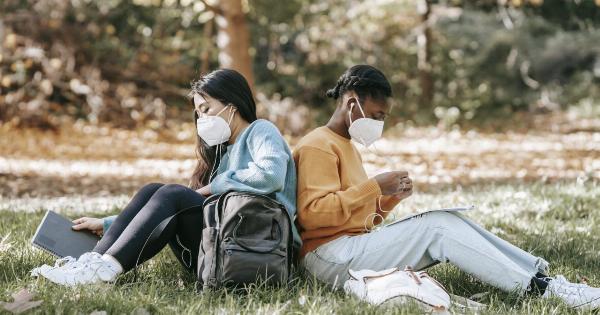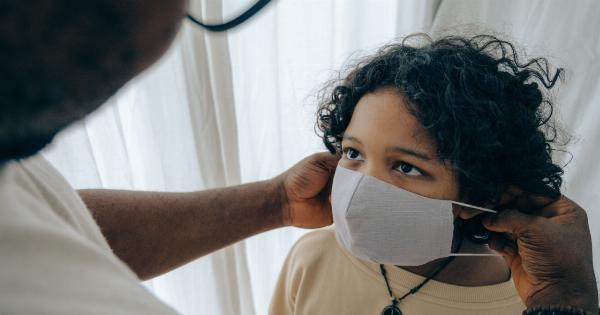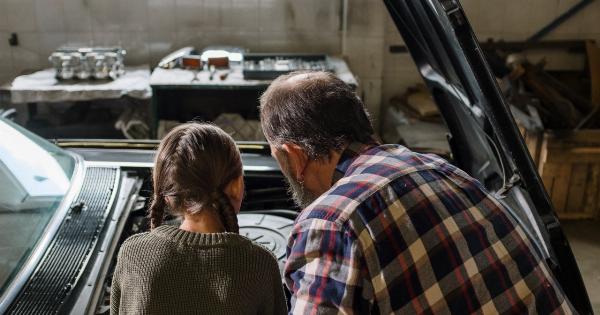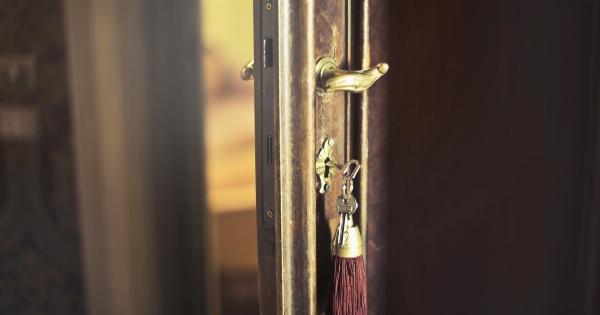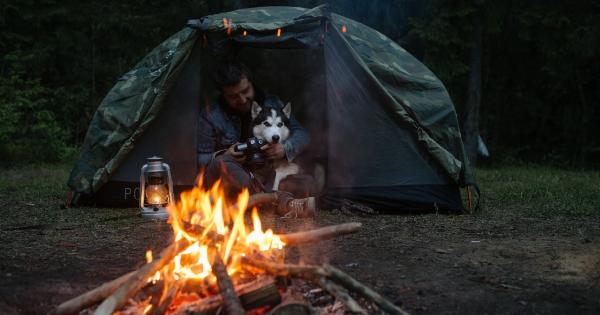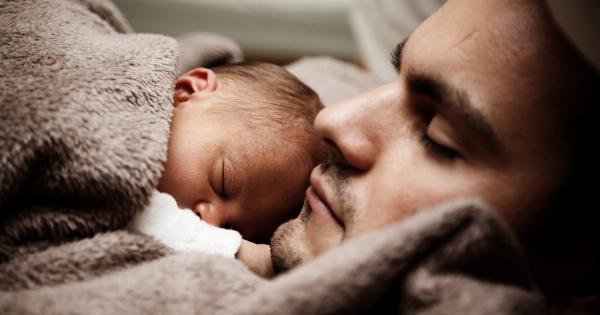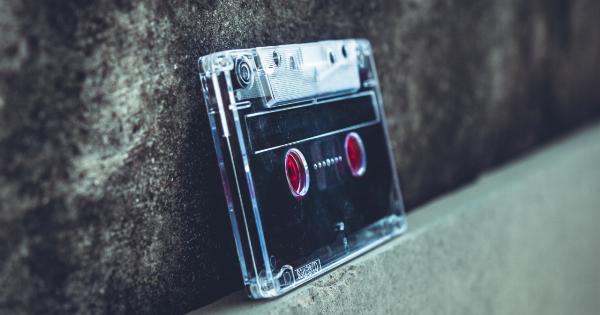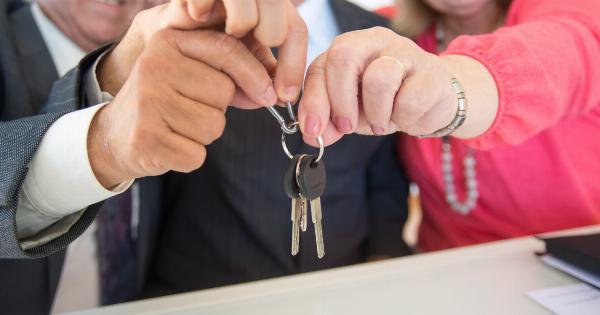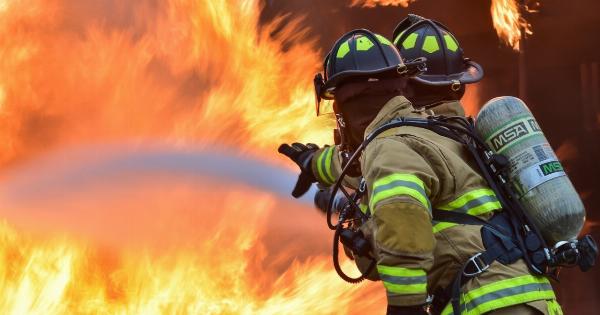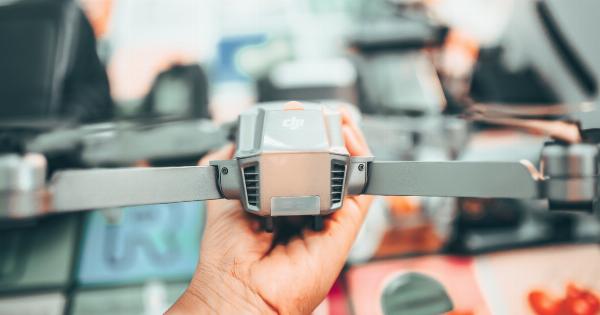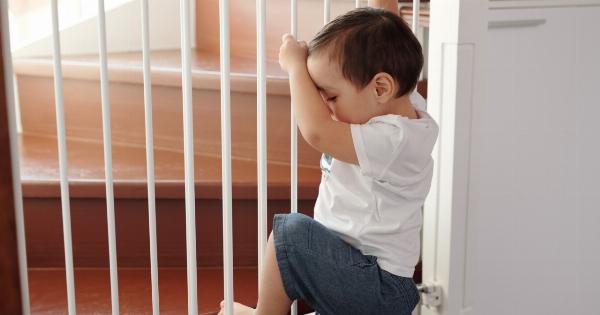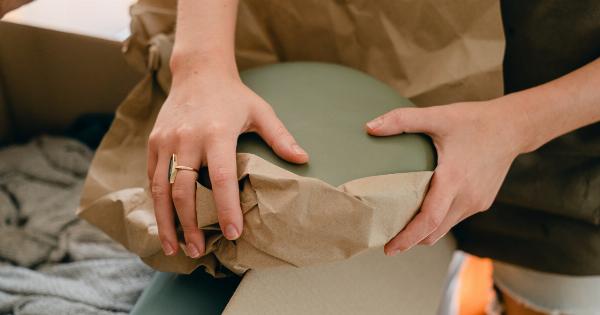Ensuring your safety and the safety of your loved ones is paramount, particularly when it comes to your own home. Your home should be a place where you feel secure and protected.
By following a few simple guidelines and taking necessary precautions, you can create a safe and secure environment for yourself and your family. In this article, we will explore various measures you can take to stay safe at home.
Home Security
One of the primary concerns when it comes to staying safe at home is ensuring proper home security. Here are a few important steps you can take:.
1. Install a reliable security system: Invest in a reputable security system that includes features such as alarms, motion detectors, and security cameras.
These measures act as a deterrent and can alert you or the authorities in case of any suspicious activity.
2. Secure doors and windows: Ensure that all doors and windows in your home are equipped with sturdy locks. Consider installing deadbolts and reinforcing weak points or vulnerable areas such as sliding glass doors.
3. Outdoor lighting: Proper outdoor lighting can help deter potential intruders. Install motion-sensor lights around the perimeter of your home, particularly near entrances, garages, and pathways.
4. Use timers for lights and electronics: When you’re away, use timers to turn on lights, radios, or TVs at different times. This creates the illusion that someone is home and can discourage burglars.
Fire Safety
Fire safety is another critical aspect of ensuring your safety at home. Take these precautions to minimize the risk of fire:.
1. Install smoke detectors: Install smoke detectors on every floor of your home, particularly near bedrooms. Test them regularly and replace batteries as needed.
2. Have fire extinguishers: Keep fire extinguishers in easily accessible areas of your home, such as the kitchen and garage. Learn how to use them correctly and have them inspected regularly.
3. Develop a fire escape plan: Create a comprehensive fire escape plan that includes all family members. Practice it regularly and designate a meeting point outside the home.
4. Avoid overloading electrical outlets: Be cautious not to overload electrical outlets or use damaged cords. Unplug appliances when not in use and ensure proper ventilation for any electronic devices.
5. Keep flammable items away: Store flammable substances such as gasoline, paint, and cleaning supplies away from heat sources and in well-ventilated areas.
Accident Prevention
Accidents can happen in any setting, including the comfort of your own home. Here are some essential accident prevention measures:.
1. Install handrails and grab bars: Install handrails and grab bars in areas prone to slips and falls, such as bathrooms and stairways. These can provide stability and support.
2. Secure rugs and carpets: Use non-slip mats or rug grippers to keep rugs and carpets secure, reducing the risk of tripping or slipping.
3. Keep walkways clear: Ensure that walkways within your home are free from clutter and obstruction. This prevents accidental falls and tripping hazards.
4. Childproofing: If you have young children, implement appropriate childproofing measures such as securing heavy furniture to walls, covering electrical outlets, and using safety gates near stairs.
5. Store hazardous substances safely: Keep all hazardous substances locked away and out of reach of children. These substances may include cleaning supplies, medications, or sharp objects.
Emergency Preparedness
In addition to taking preventive measures, it’s crucial to be prepared for emergencies. Follow these steps to ensure you’re ready:.
1. Create an emergency kit: Prepare an emergency kit that includes essential items such as first aid supplies, non-perishable food, water, batteries, flashlights, and a portable radio.
2. Know emergency contacts: Keep a list of important emergency contacts, including the local police, fire department, healthcare providers, and trusted neighbors or family members.
3. Learn basic first aid: Take a first aid course to learn essential life-saving techniques. Having this knowledge can be invaluable during an emergency.
4. Inform family and friends: Share your emergency plans with your family and friends. Ensure they are aware of the steps to take in case of an emergency and establish a means of communication.
5. Install carbon monoxide detectors: Carbon monoxide is a silent killer. Install carbon monoxide detectors throughout your home, particularly near bedrooms and fuel-burning appliances.
Conclusion
Maintaining safety at home requires attention to detail and taking necessary precautions. By implementing the suggestions mentioned in this article, you can create a secure and protected environment for yourself and your loved ones.
Remember, safety should always be a top priority in your own home.



